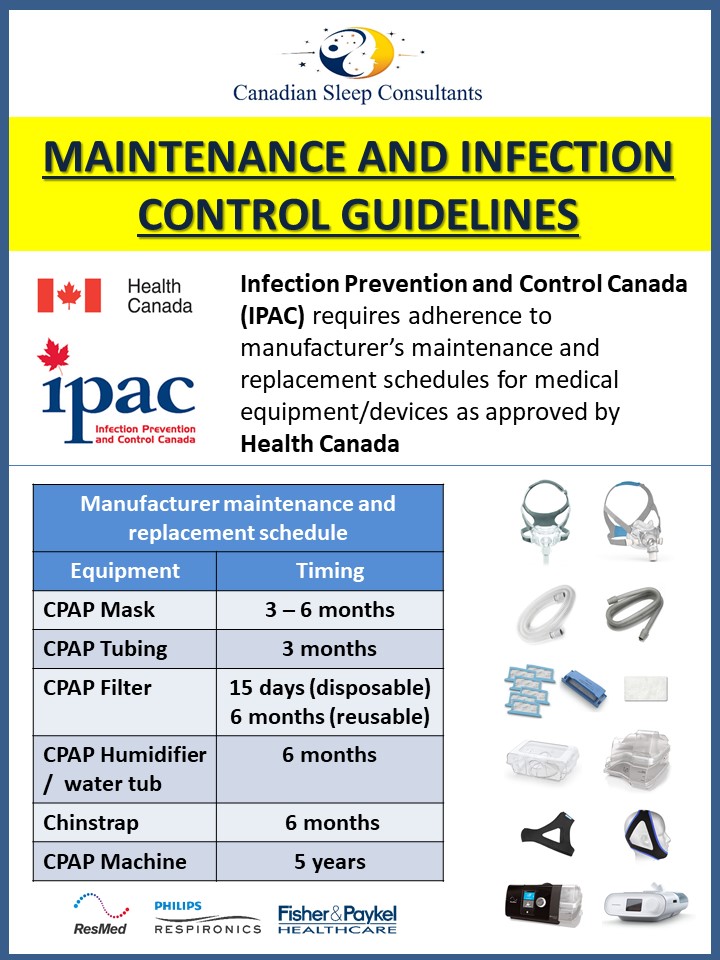Obstructive Sleep Apnea
Obstructive Sleep Apnea (OSA) is a sleep-related breathing disorder that involves a decrease or complete halt in airflow despite an ongoing effort to breathe. It occurs when the muscles relax during sleep, causing soft tissue in the back of the throat to collapse and block the upper airway. This leads to partial reductions (hypopneas) and complete pauses (apneas) in breathing that last at least 10 seconds during sleep. Most pauses last between 10 and 30 seconds, but some may persist for one minute or longer. This can lead to abrupt reductions in blood oxygen saturation, with oxygen levels falling 3% below baseline.
Sleep Diagnostic Testing
Sleep testing, or polysomnography, is used to diagnose sleep disorders and may also be the means to determine quality of sleep. We offer take-home sleep testing or level 3 study. This involves a home based portable monitor to help in the diagnosis of sleep apnea. The monitor will record the amount of oxygen in your blood, air movement through your nose while you breath, your heart rate and chest movements. Home based testing is appropirate only for some people. During your initial consultation, your sleep physician may prescribe this option if sutiable for you. Diagnostic testing will be ordered by our sleep medicine physician as necessary
10 Commandments of Sleep Hygiene for Adults
1. Fix a bedtime and an awakening time.
2. If you are in the habit of taking siestas, do not exceed 45 minutes of daytime sleep.
3. Avoid excessive alcohol ingestion 4 hours before bedtime and do not smoke.
4. Avoid caffeine 6 hours before bedtime. This includes coffee, tea and many sodas, as well as chocolate.
5. Avoid heavy, spicy, or sugary foods 4 hours before bedtime. A light snack before bed is acceptable.
6. Exercise regularly, but not right before bed.
7. Use comfortable bedding.
8. Find a comfortable temperature setting for sleeping and keep the room well ventilated.
9. Block out all distracting noise and eliminate as much light as possible.
10. Reserve the bed for sleep and sex. Don’t use the bed as an office, workroom or recreation room.
10 Commandments of Sleep Hygiene for Children [Ages Birth to 12 Years]
1. Go to bed at the same time every night, preferably before 9:00PM.
2. Have an age-appropriate nap schedule.
3. Establish a consistent bedtime routine.
4. Make your child’s bedroom sleep conducive – cool, dark, and quiet.
5. Encourage your child to fall asleep independently.
6. Avoid bright light at bedtime and during the night, and increase light exposure in the morning.
7. Avoid heavy meals and vigorous exercise close to bedtime.
8. Keep all electronics, including televisions, computers, and cell phones, out of the bedroom and limit the use of electronics before bedtime.
9. Avoid caffeine, including many sodas, coffee, and teas (as well as iced tea).
10. Keep a regular daily schedule, including consistent mealtimes.



